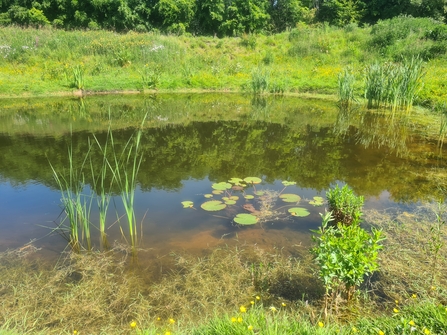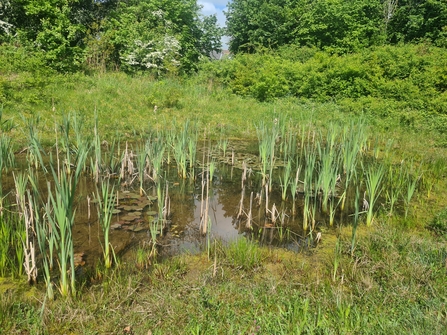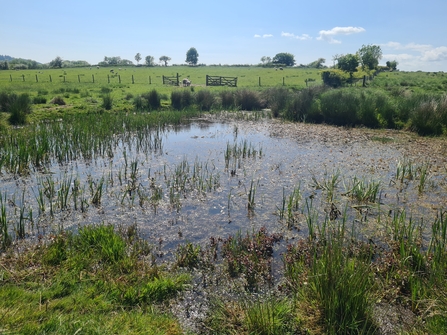Ghost ponds
Ponds are very special habitats and often act as hotspots for biodiversity. They provide a breeding ground for amphibians, drinking water for terrestrial mammals, shelter for a wide range of species, and act as a plentiful feeding ground due to their invertebrate and plant abundance. Not only that, but ponds also support over two thirds of all freshwater invertebrate species found in the UK- that’s pretty incredible!




